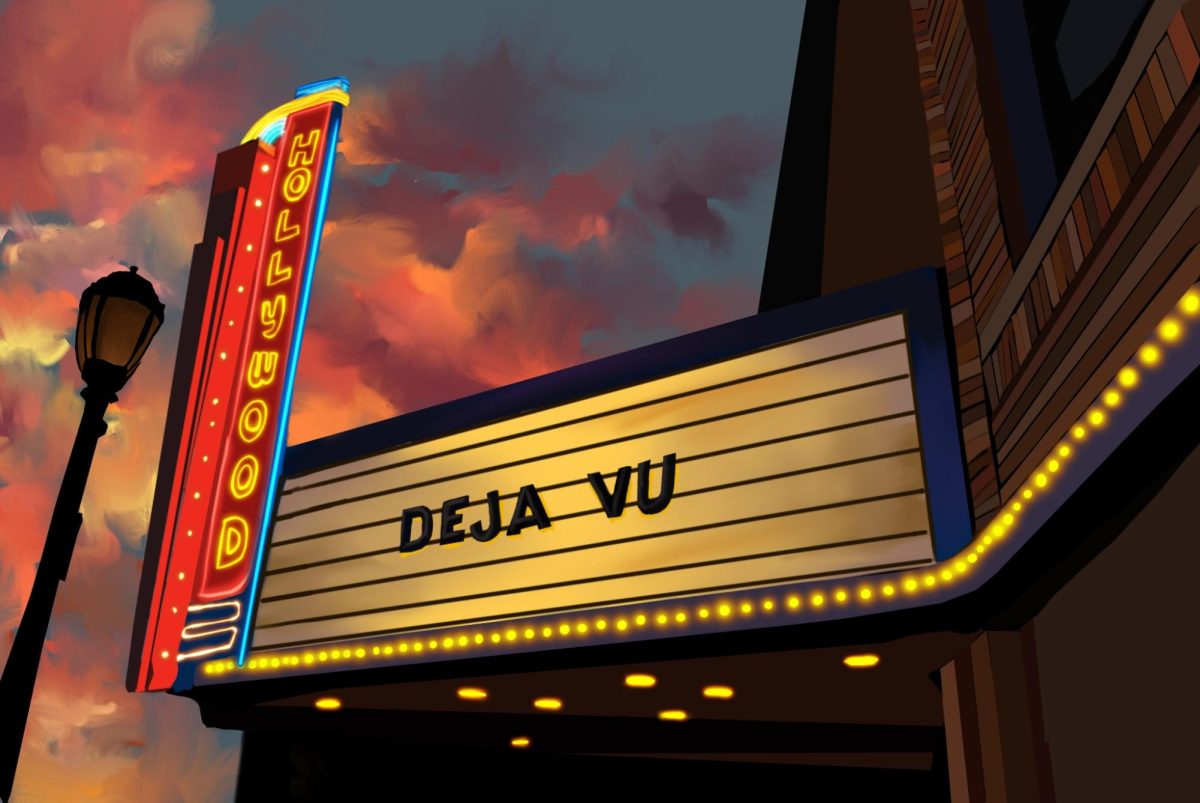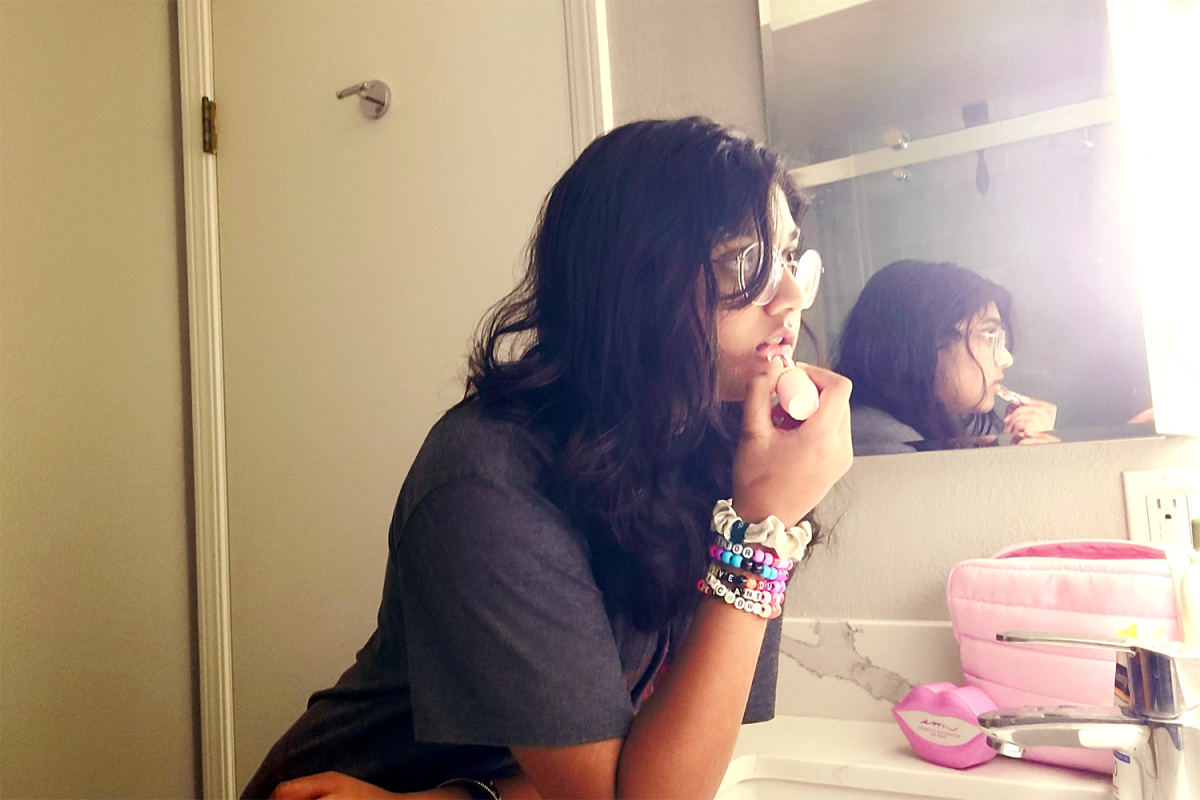The remnant scent of buttered popcorn and a sense of déjà vu permeate movie theaters as Hollywood falls into the trap of its own temporary success.
People pile into theaters to see a movie they have seen a thousand times before, whether it be a sequel, prequel, or blatant copy.
“Scream 6,” “Wonka,” “Guardians of the Galaxy Vol. 3,” “Mission: Impossible,” and “Saw X” are some of many remakes made in the past year, building off and reiterating the past creativity of writers and artists.
The income generated from these movies is often entirely based on nostalgia, relying on viewers’ desire to revisit something they have liked before. They generate buzz but lack genuine creativity.
According to ZIPPIA, an industry data provider, the North American film industry suffered an $11.32 billion loss from 2019 to 2022. The pandemic-induced revenue slump has only intensified studios’ reliance on safe bets like remakes and sequels.
The proliferation of sequels and remakes has reshaped the cinematic landscape, with many of today’s top movies lacking originality. This trend underscores Hollywood’s growing reliance on safe bets, a pattern exacerbated by recent financial setbacks.
The shocking box office statistics have shown that the rise in sequels and remakes has grown by over 700% since 1993, and the majority of top movies in the modern day can be considered unoriginal in some sense.
To some, this might sound positive: if people are watching these movies, they must want to see them right? As long as the studios keep making money, what’s the problem?
The issue lies in the fact that this success is temporary. While people may want to see these movies, their desire is often rooted in nostalgia and a longing to revisit a film they loved in the past.
The problem with sequels doesn’t lie in their existence but in their overabundance. Sequels can be very valuable when used correctly.
Relying too heavily on sequels and remakes puts Hollywood at risk. With an overflow of forgettable releases, the industry could lose its audience and struggle to survive in the long run. The solution? Finding balance. Hollywood should not bank solely on these films for success. While not every movie needs to be groundbreaking, investing in fresh, creative ideas keeps audiences interested and ensures financial stability.
Original films often lead the box office, paving the way for profitable sequels and inspiring new ideas. This cycle of creativity and reinvestment keeps the industry moving forward and audiences engaged.
Not only is this beneficial for studios, but it’s also beneficial for the consumers of movies.
As someone passionate about film and storytelling, my love for cinema was sparked by originality and creativity, not reboots or sequels. While these films have their place, they should not overshadow the importance of nurturing fresh ideas and emerging talent within the industry.
In essence, while familiar tropes and formulaic narratives may yield short-term gains, Hollywood’s reluctance to innovate threatens its very essence. To thrive in an ever-evolving landscape, the industry must embrace change, fostering an environment where creativity flourishes and audiences are captivated to come back and watch another movie.












